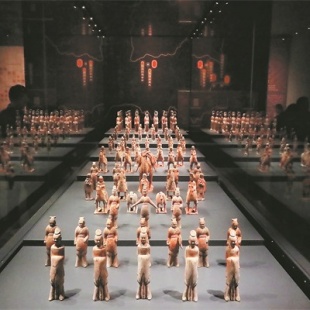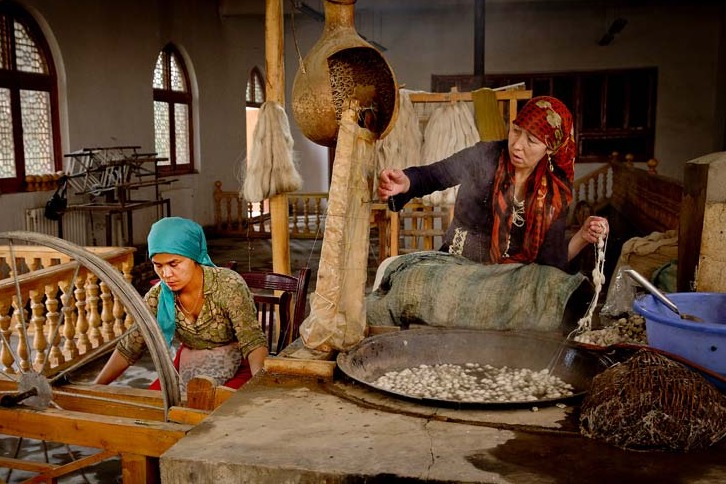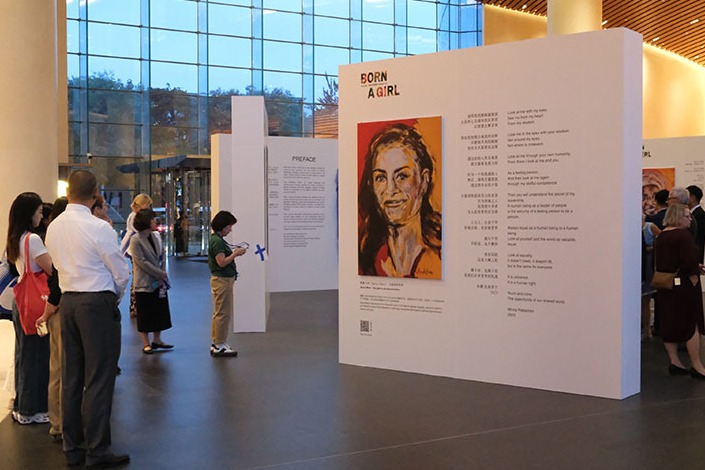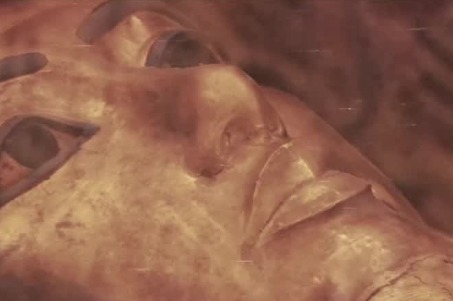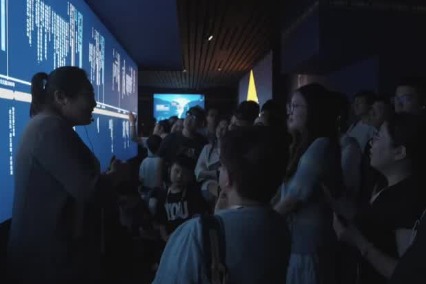A dynastic site to behold
Centuries-long history of the city comes to life through archaeological discoveries and great protective efforts, report Wang Ru in Luoyang, Henan, and Shi Baoyin in Zhengzhou.

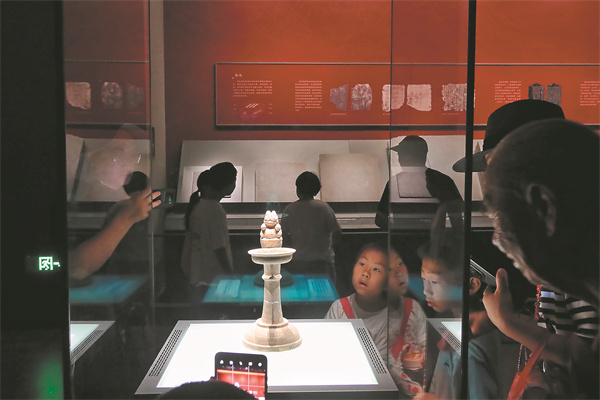
Ma mentions the site was the beginning of the "single palace city system" in the Wei Dynasty: in a country, there is only one capital, one palace city in the capital, and one main hall in the palace city, which has a central axis. The later dynasties followed this system, an alternative to the two palace cities system, which had accommodated more than one power holder, showing the increasing concentration of imperial power.
According to Liu Tao, a researcher at the Institute of Archaeology at the Chinese Academy of Social Sciences and head of the site's archaeological team, the city's central axis originated in the Wei Dynasty. The Northern Wei inherited it and expanded the axis by placing yuanqiu, an altar for ancient Chinese emperors to worship the heavens at the axis, thereby reinforcing the axis' importance.
"The Xianbei nomads from the north established the Northern Wei Dynasty in the hinterland of China's Central Plains, inherited the Han people's central axis system and reinforced it, showing that different ethnic groups made contributions in the formation of China as a unified country," says Liu.
As a major station on the ancient Silk Road, the site also witnessed more than communications for goods and materials but also the culture and technology that helped build the following Tang Dynasty into a major world power, he adds.
This understanding came from decades of hard work by archaeologists. Liu says that since 1962, his colleagues have carried out field work on the site in three phases.
In the 1960s and 70s, archaeologists were able to determine the basic layout of the city and study the existing building foundations. In the 1980s and 90s, to balance city construction and site protection, archaeologists identified the site's 100-sq-km protection scope. Since 2000, they have focused on studying the palace city and continued to refresh their research results.
Their excavations of the Taiji Hall made it on the list of China's top 10 archaeological discoveries for 2015.
"Our efforts in the past decades provide rich materials for understanding this ancient capital and help us piece together its significance from the Western Zhou to Northern Wei dynasties," says Liu.
"In each phase, we focused not only on our academic objectives, but also on how to balance the needs of economic and social development and site protection," he adds.
Wang, of the site's protection center, says: "Their work has laid a good foundation for our continued protection and utilization. Since they outlined the protection scope, we have worked to ensure major construction projects do not enter the site."
Moreover, in the city planning of Luoyang over the years, developers have not disturbed the site, turning to other areas for urban construction.
In the early 1970s, an institute to manage the site was established. In 2005, China launched a major project to protect large sites, including this one, and obtained investment for its protection and display.
As the site lies in an open field and has earthen remains that can easily fall prey to adverse climate conditions, workers backfilled it following the archaeological excavations and built replicas of the remains. In some areas, they built glass mantles for visitors to see the real subterranean view of the site.


